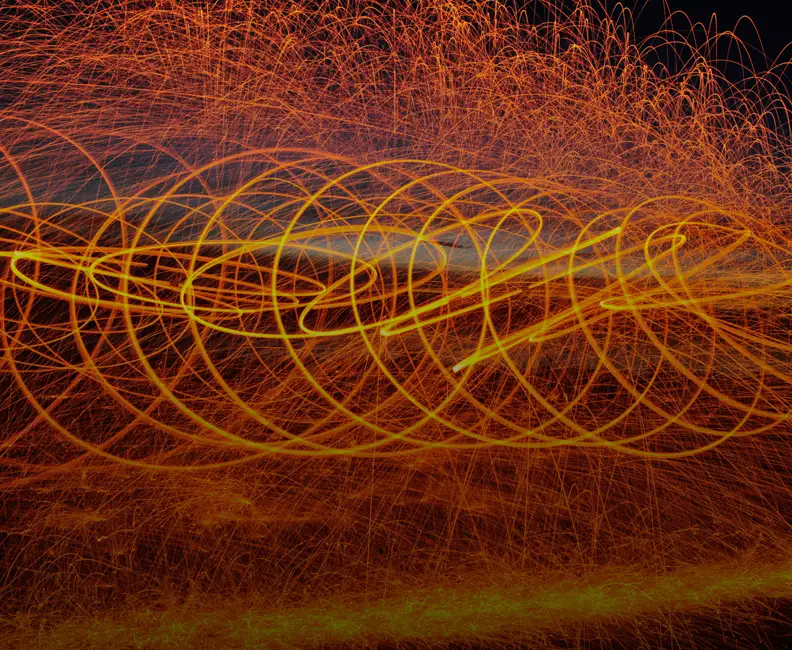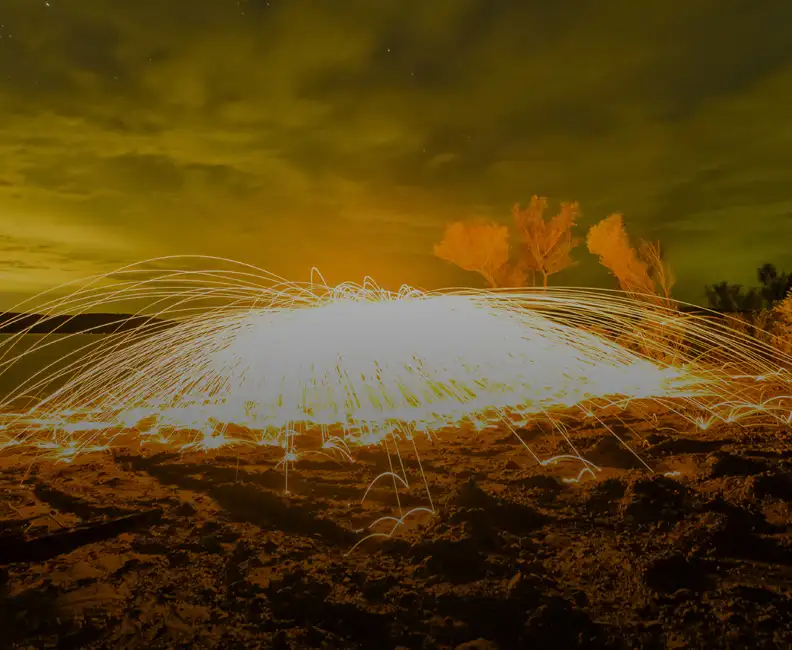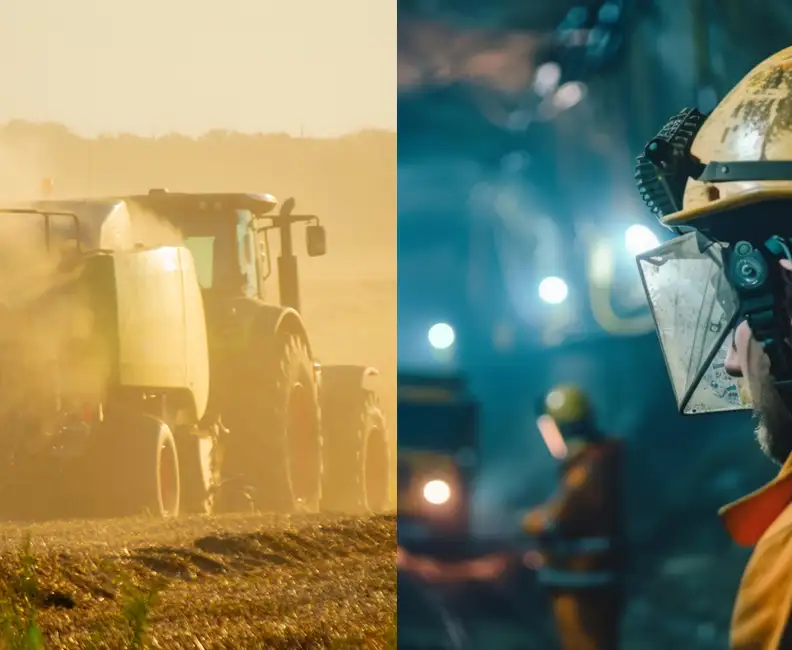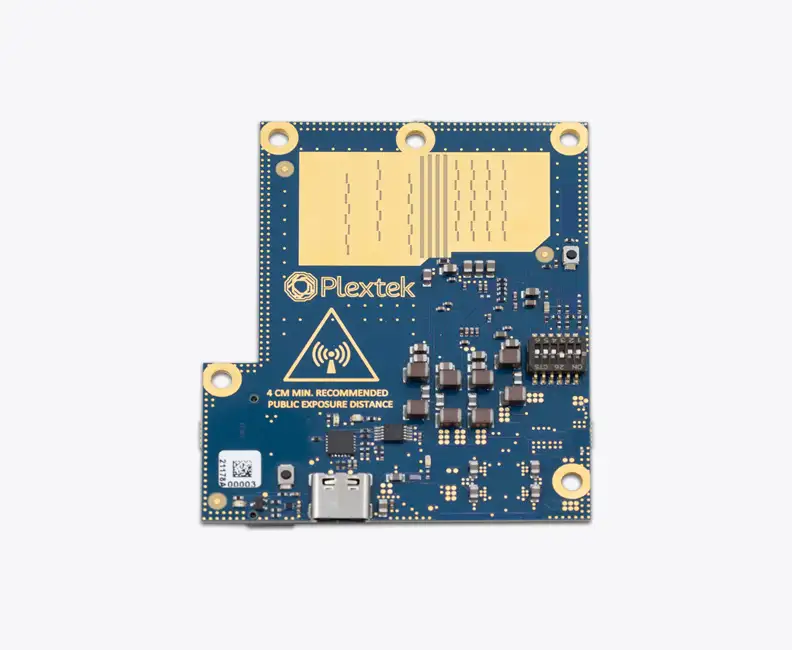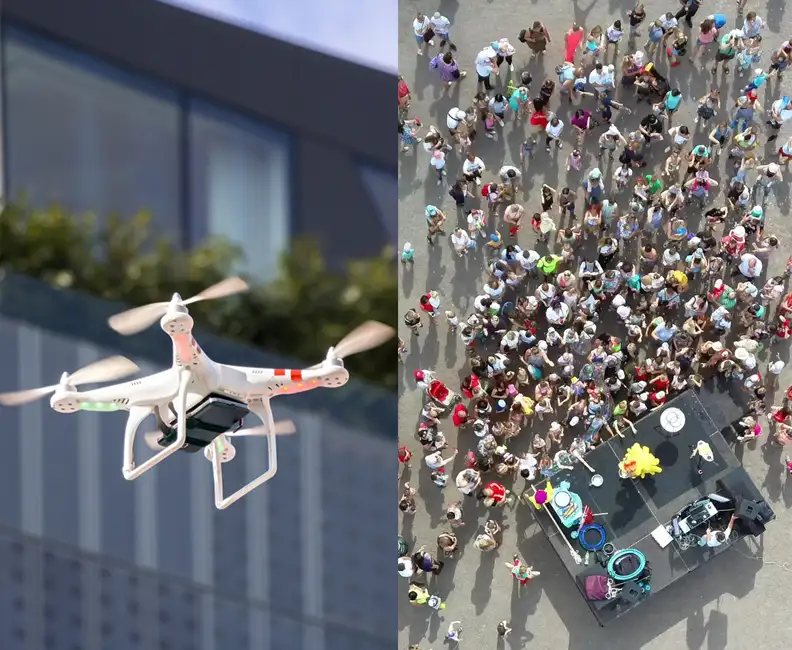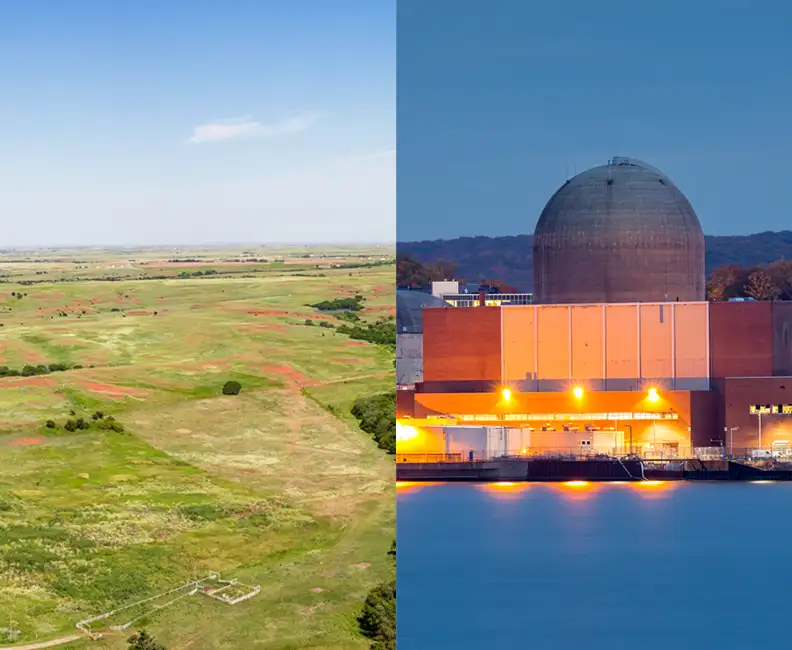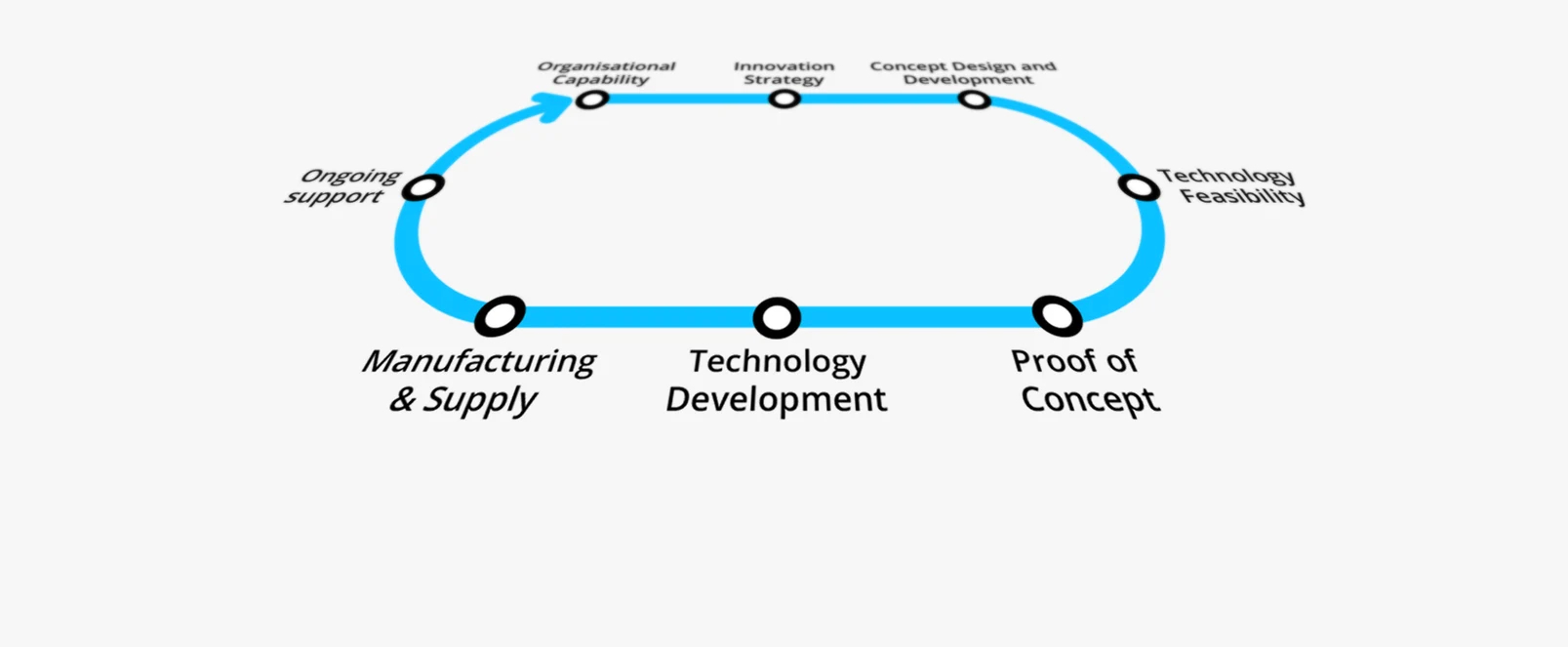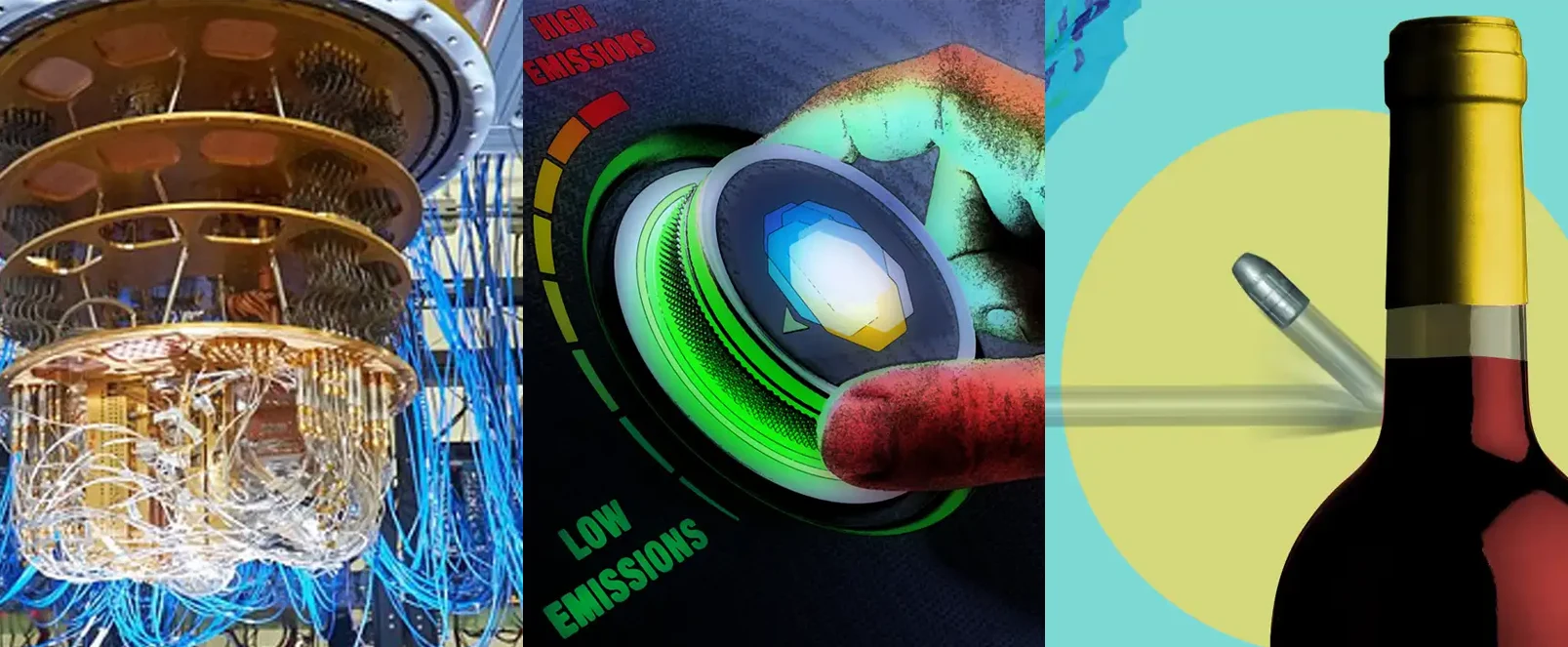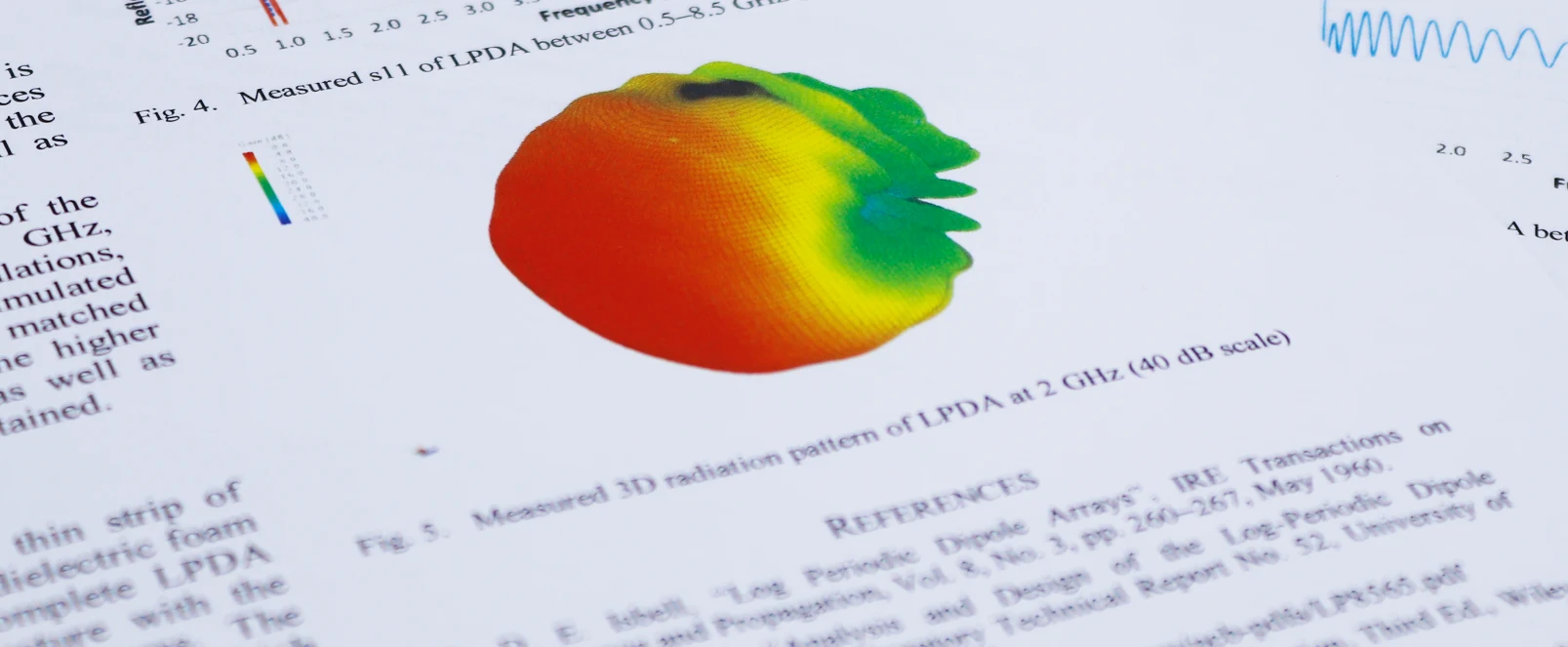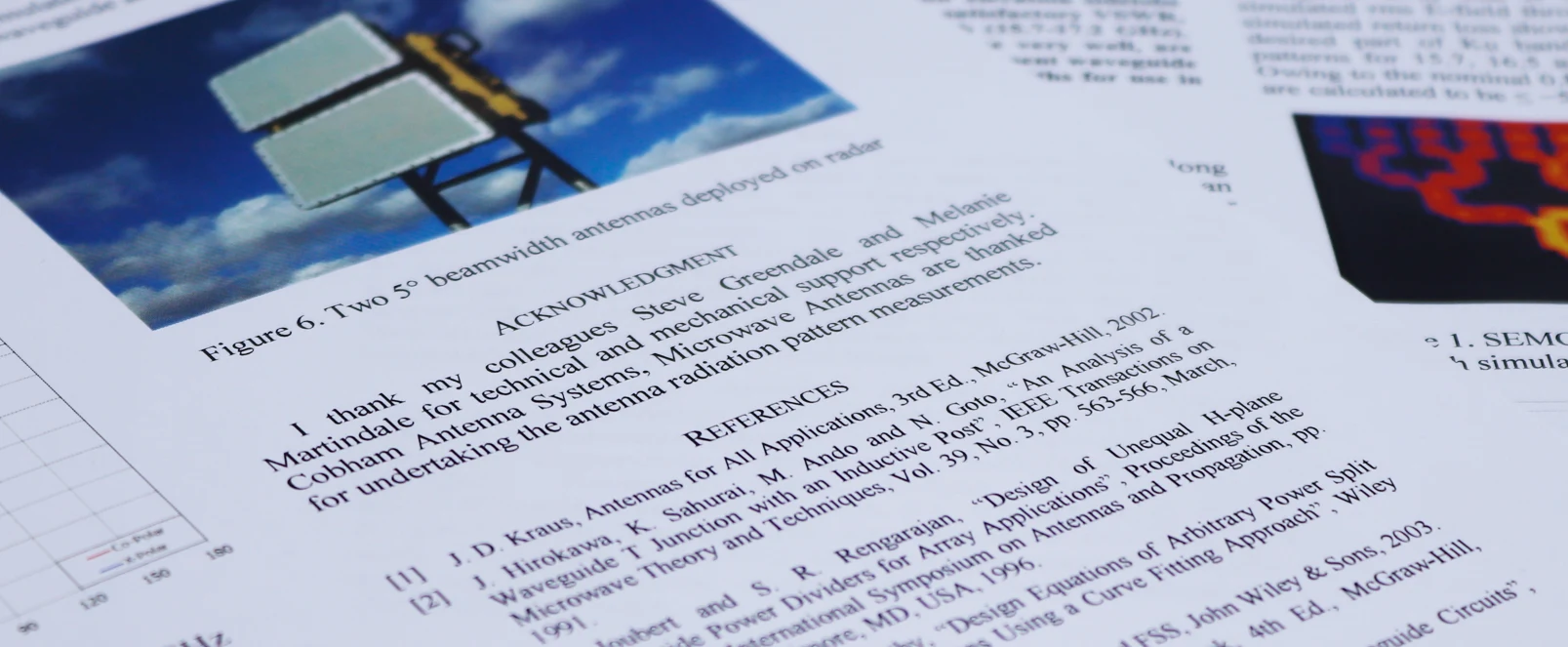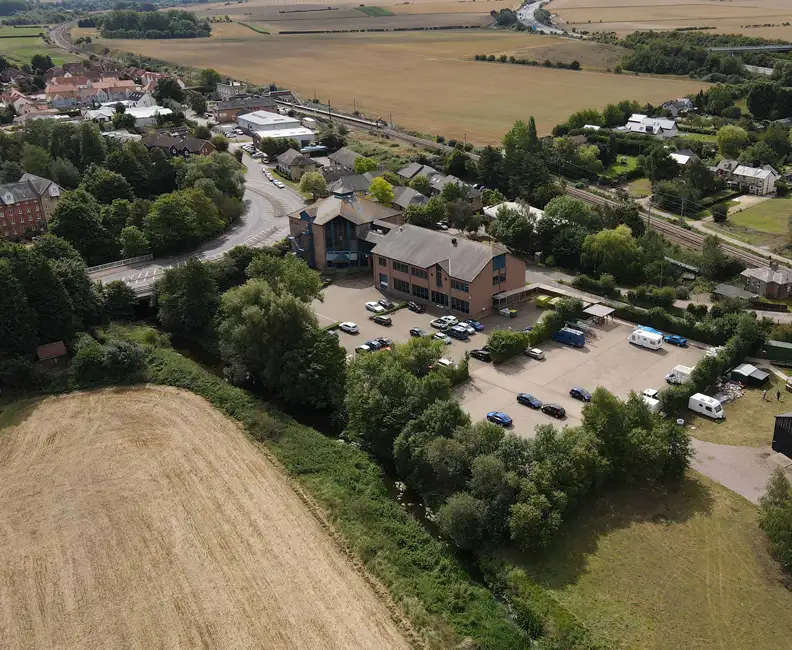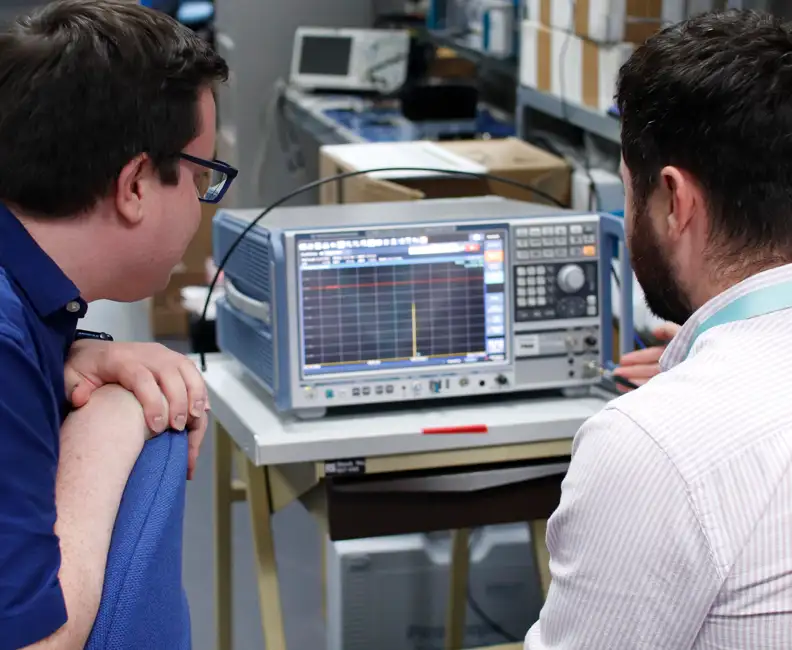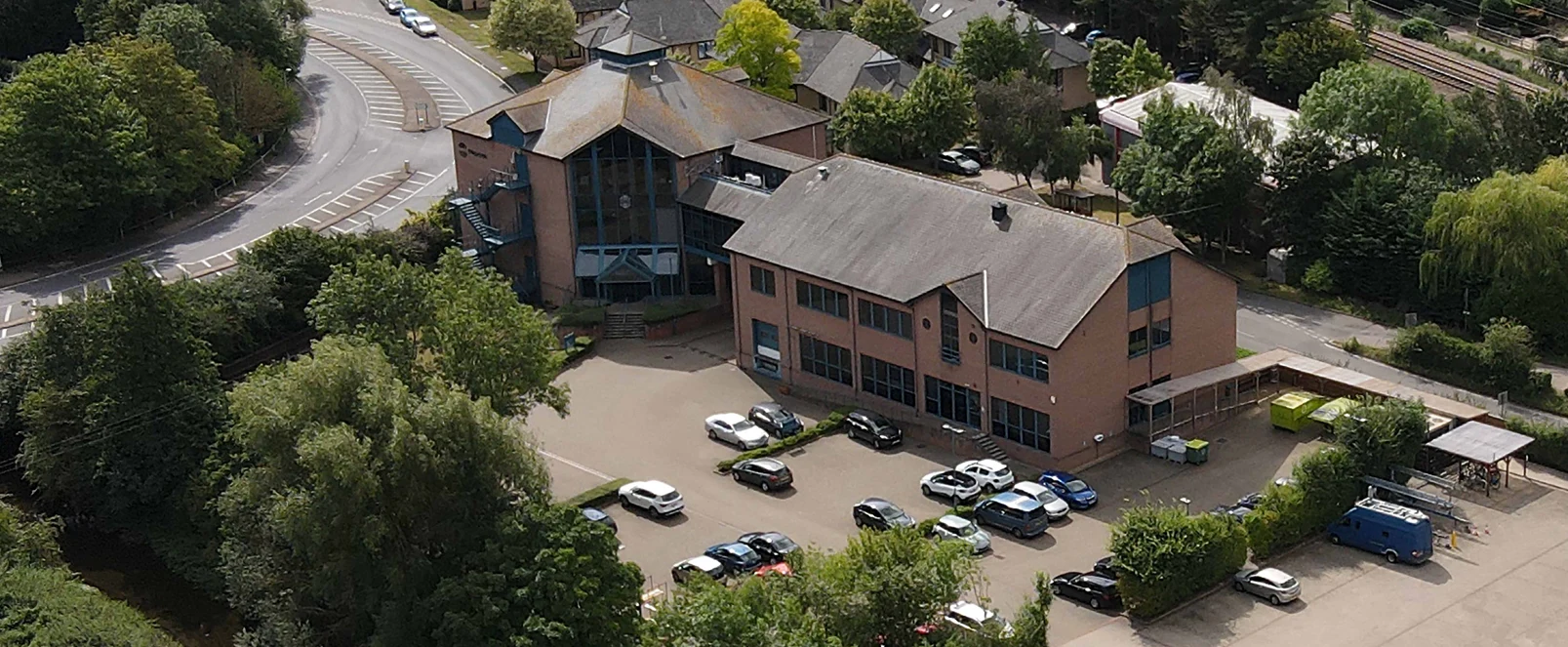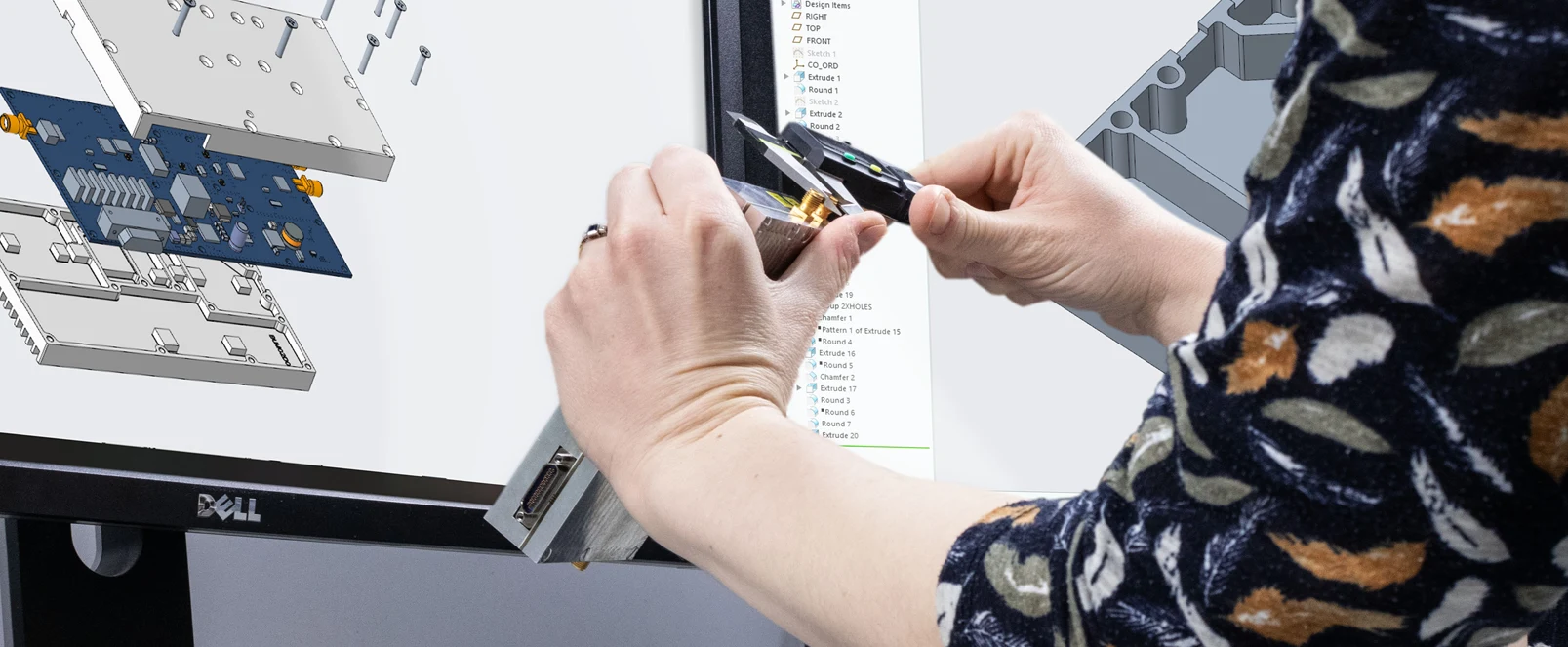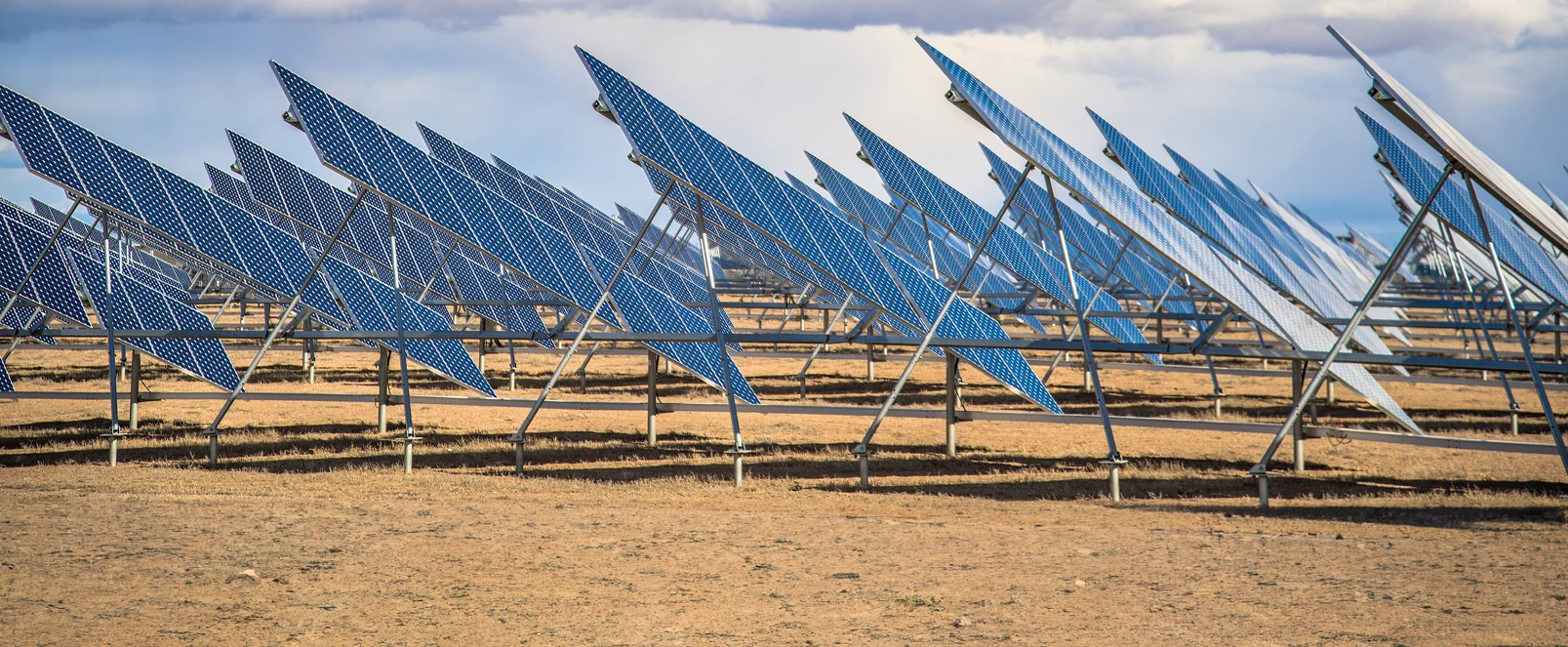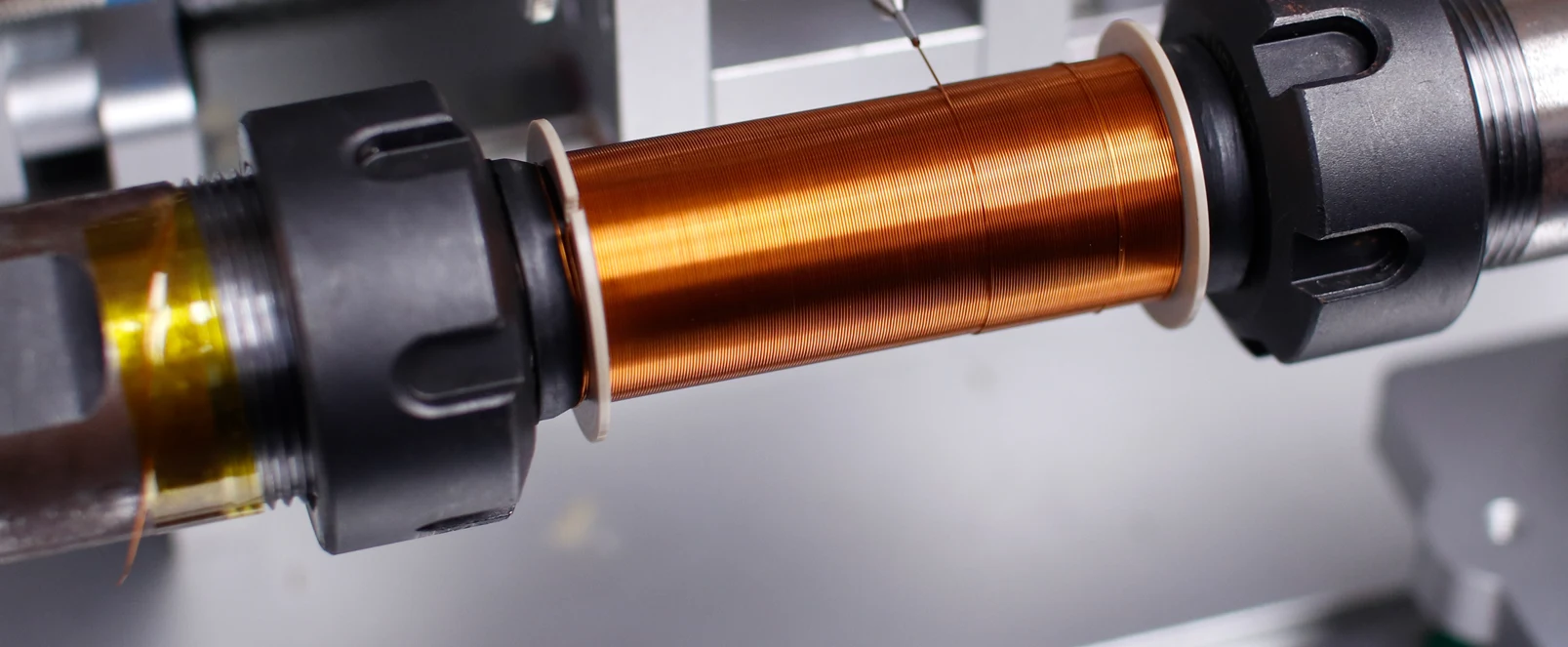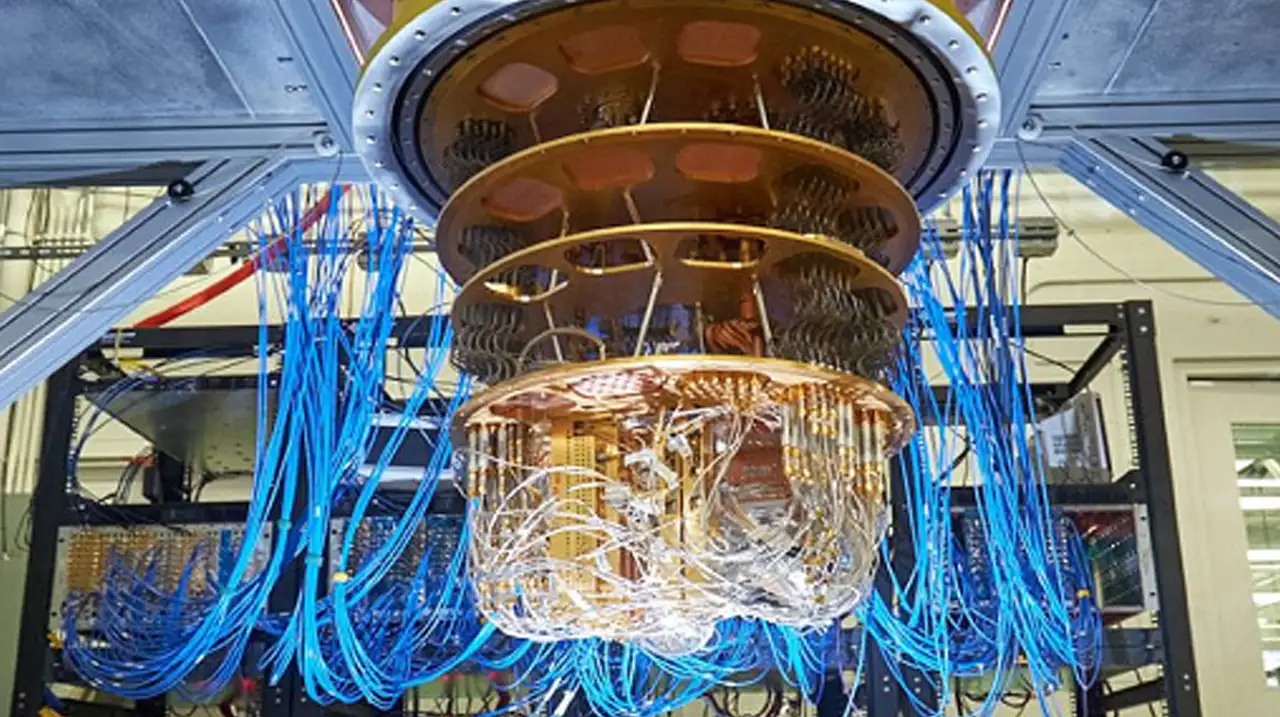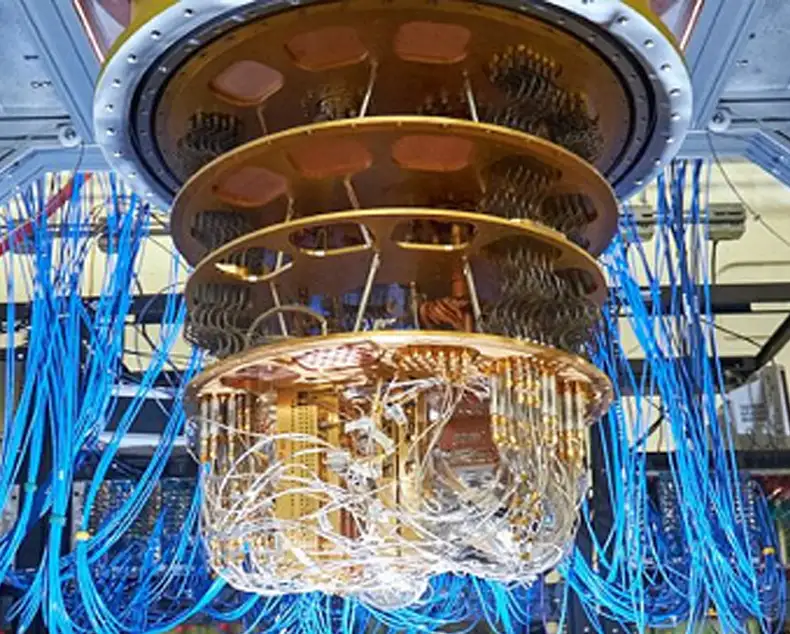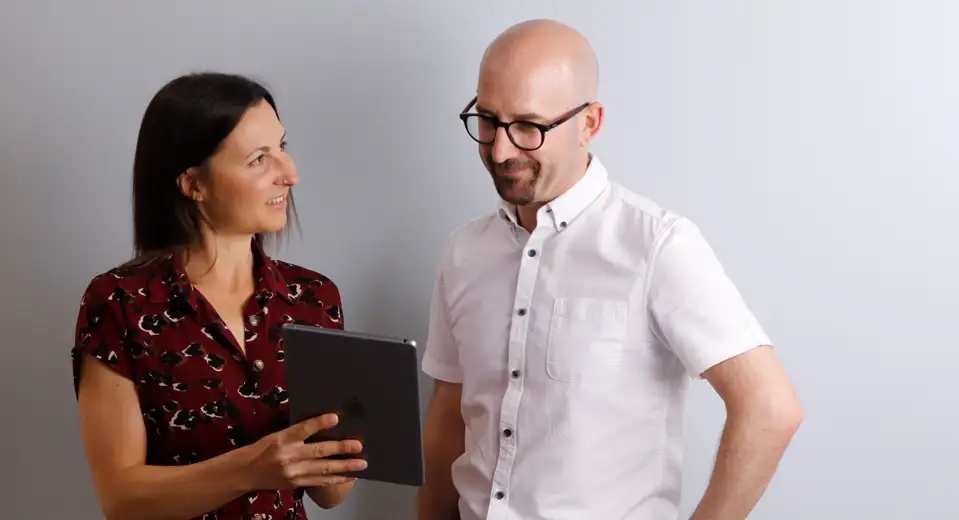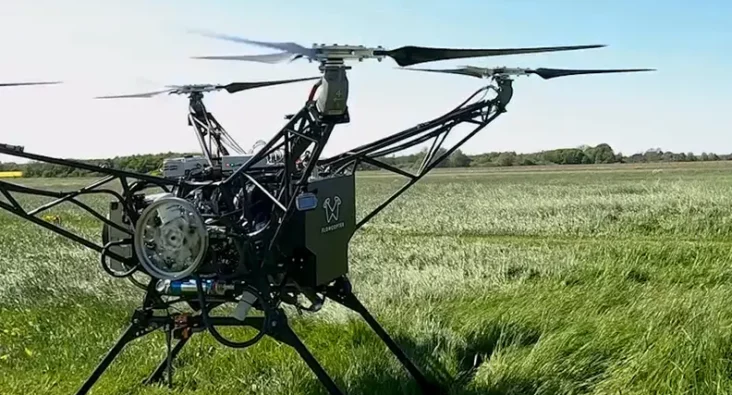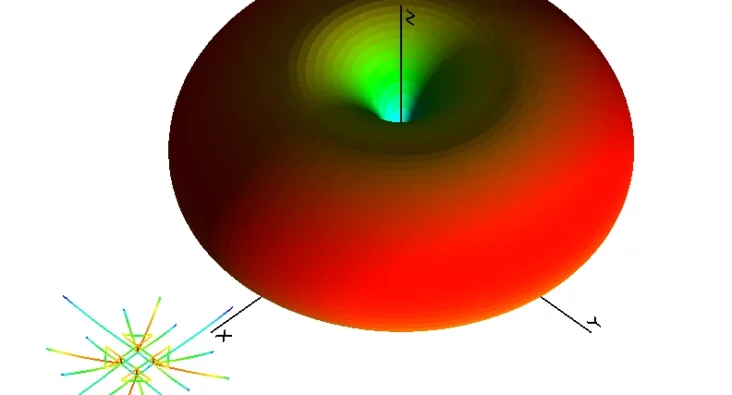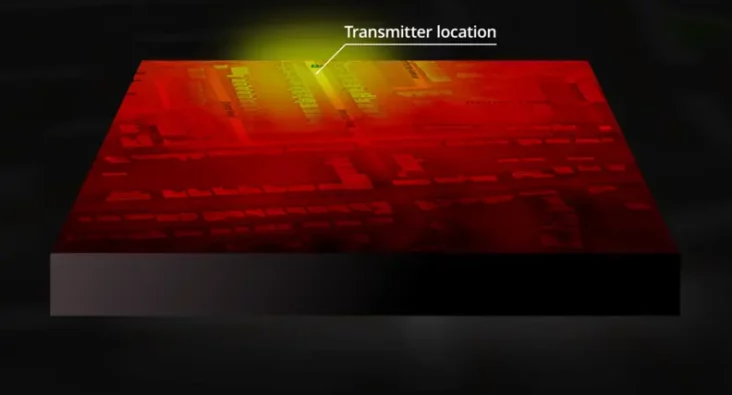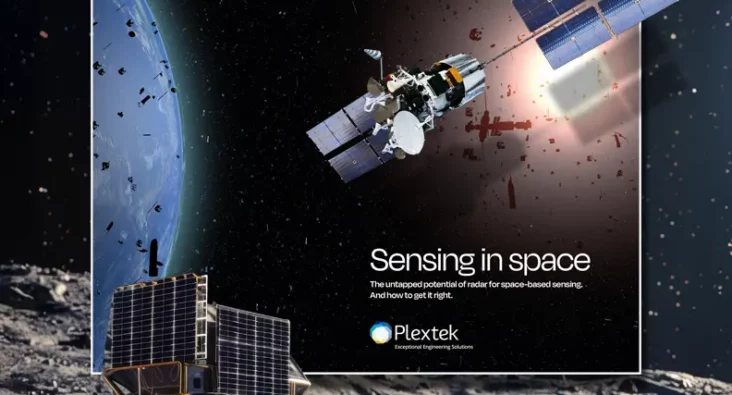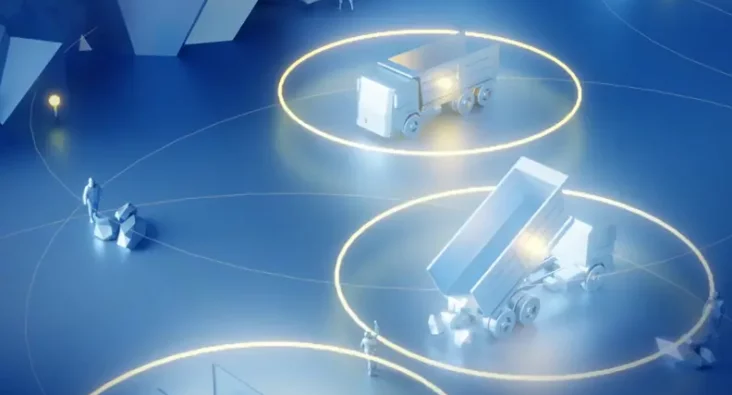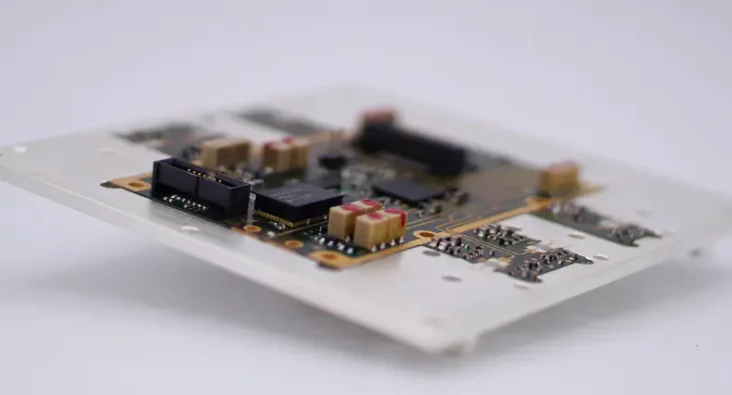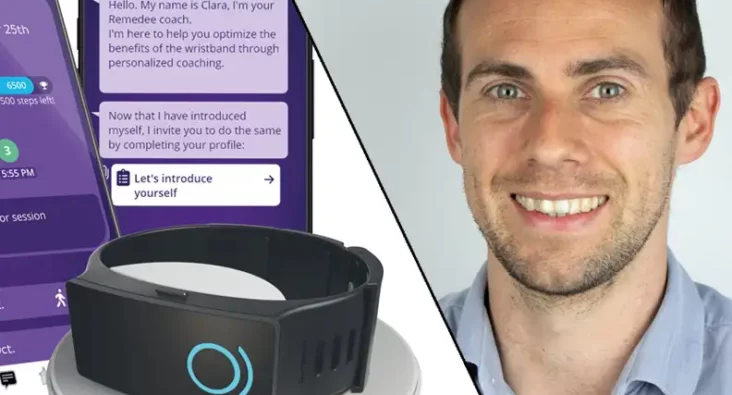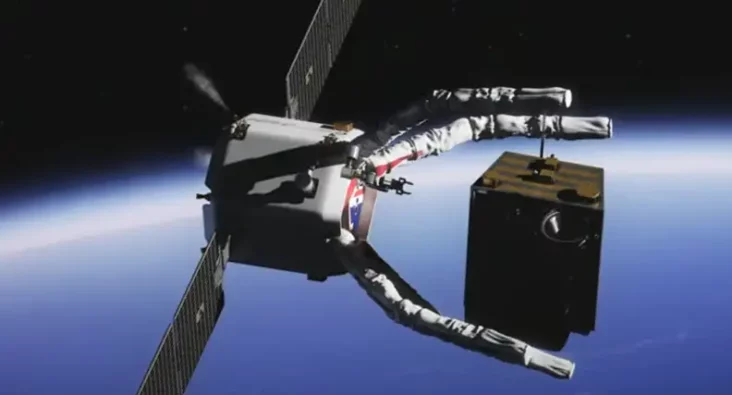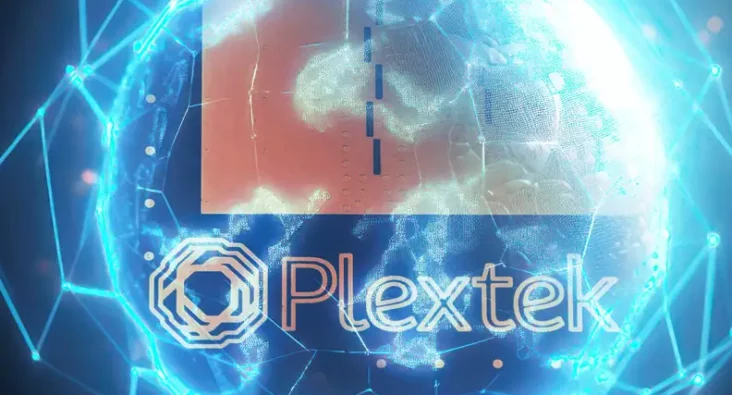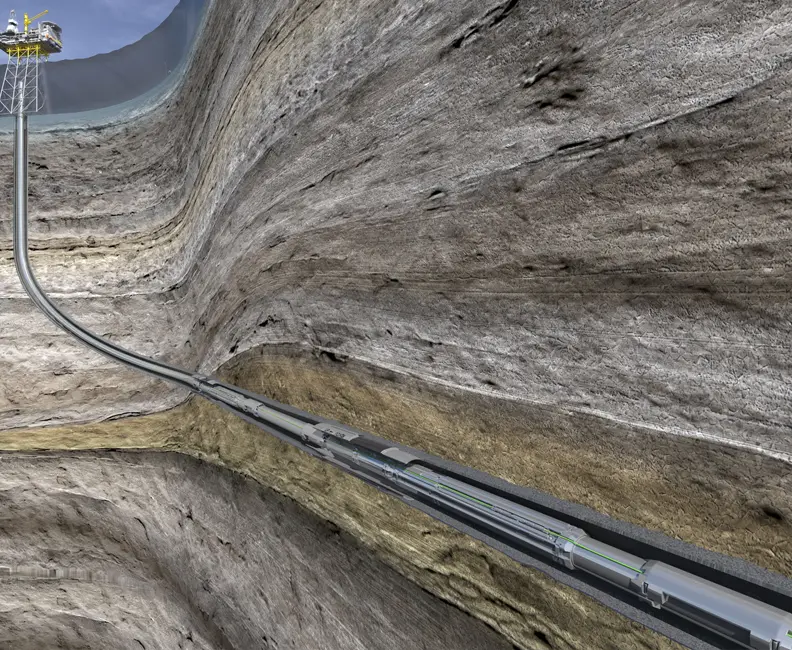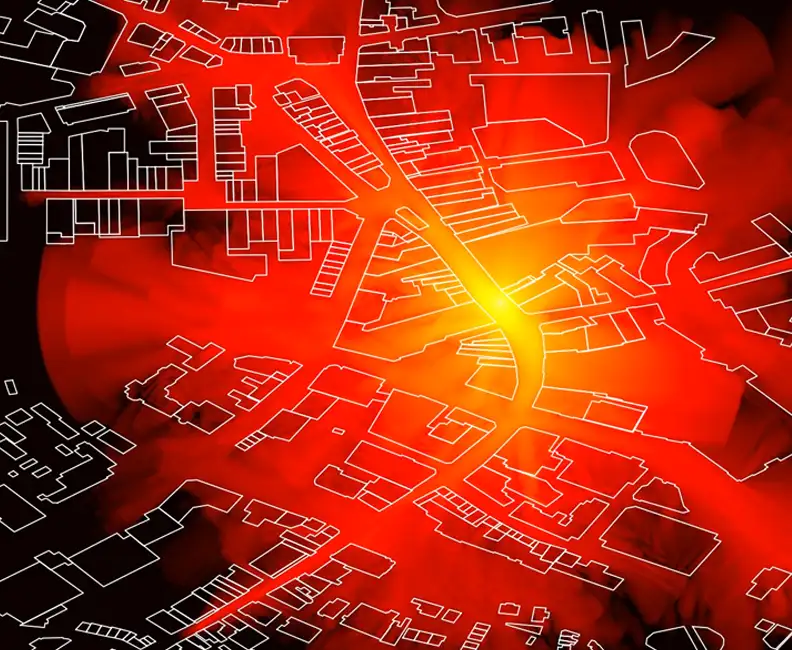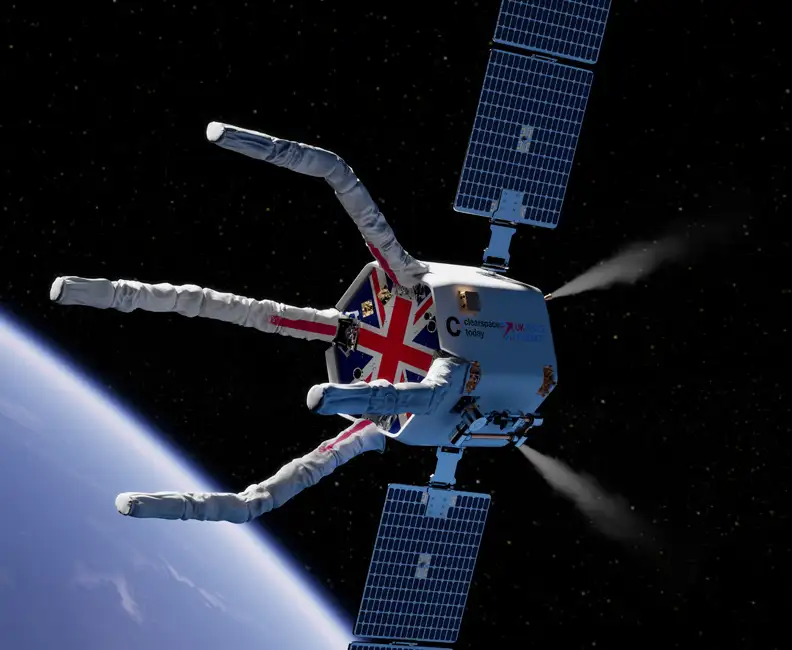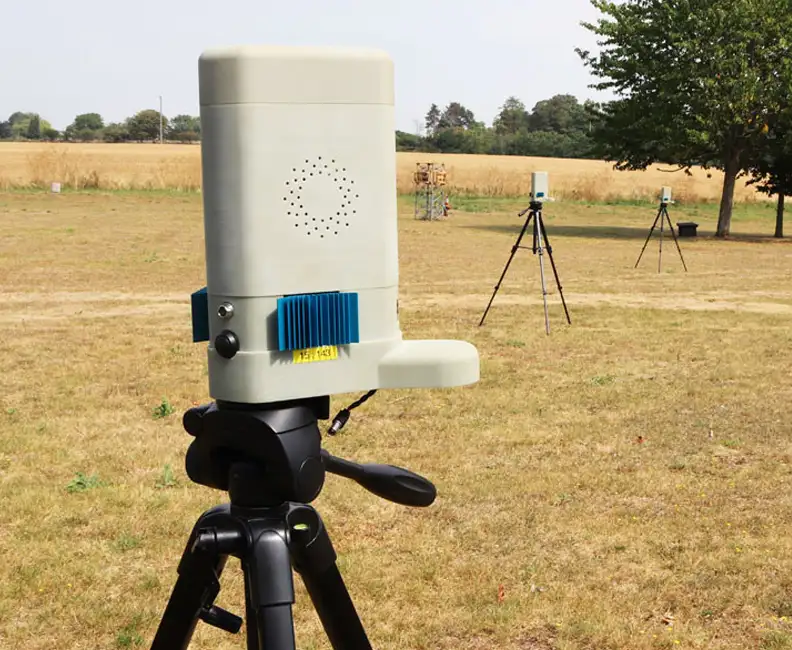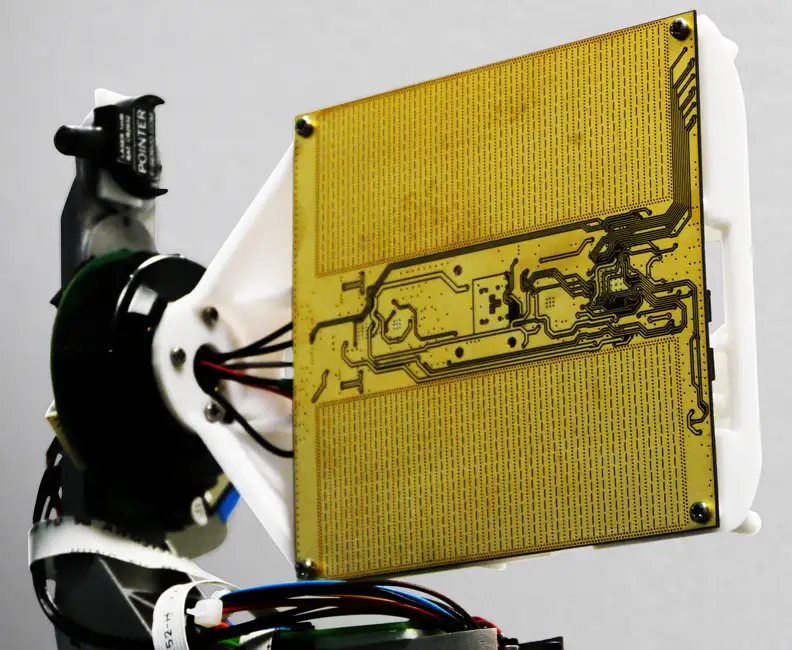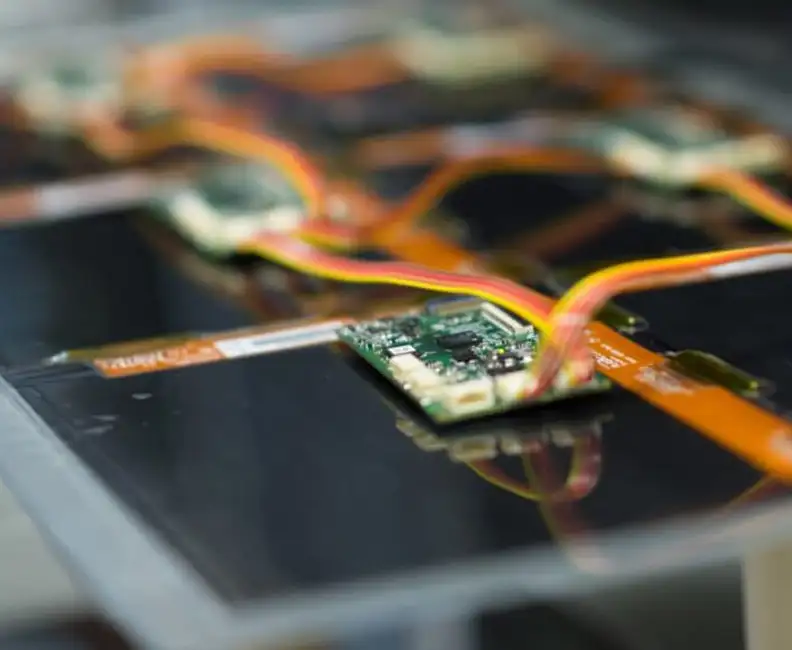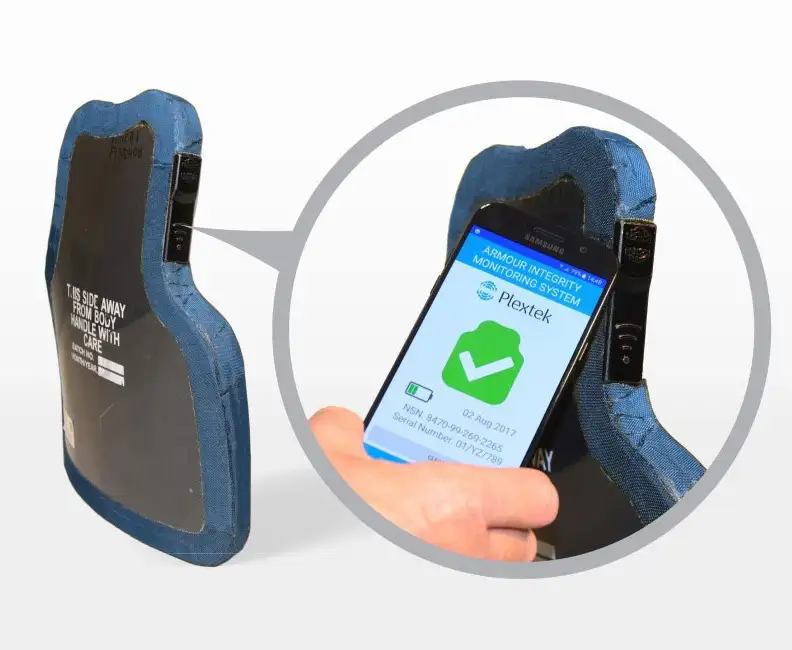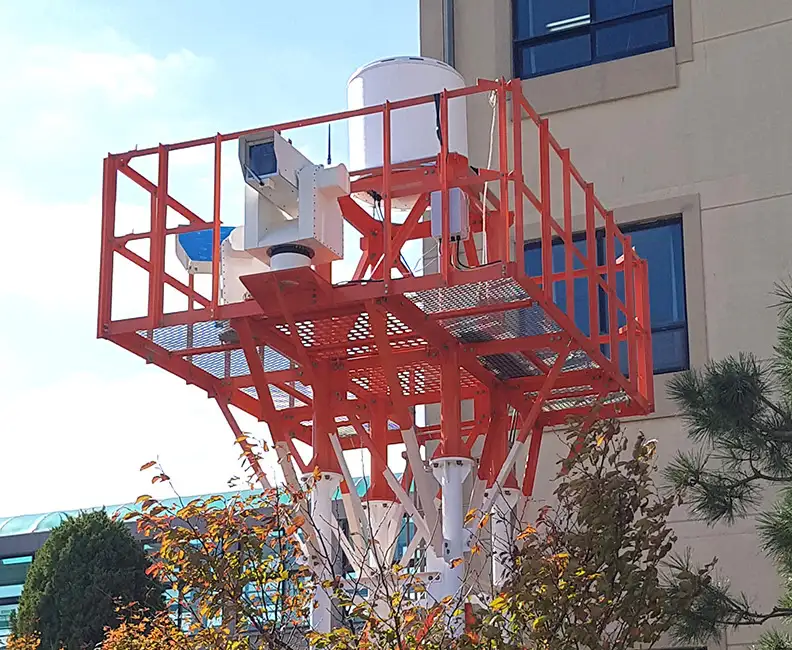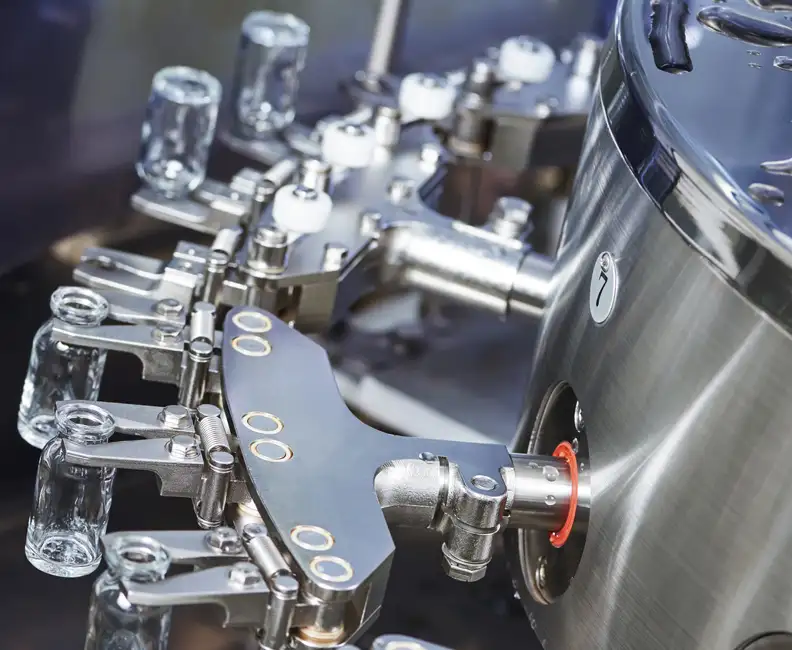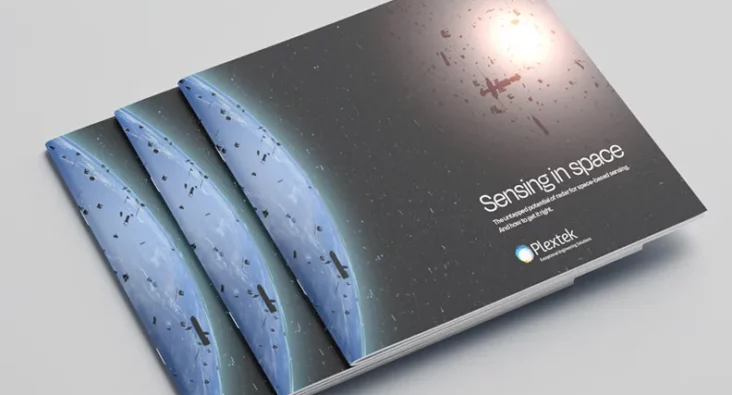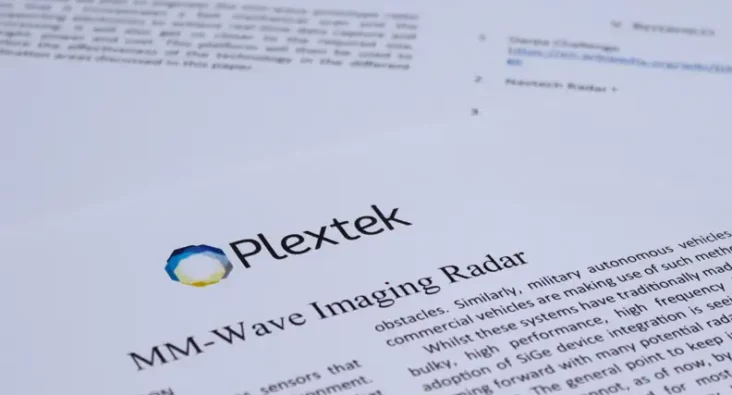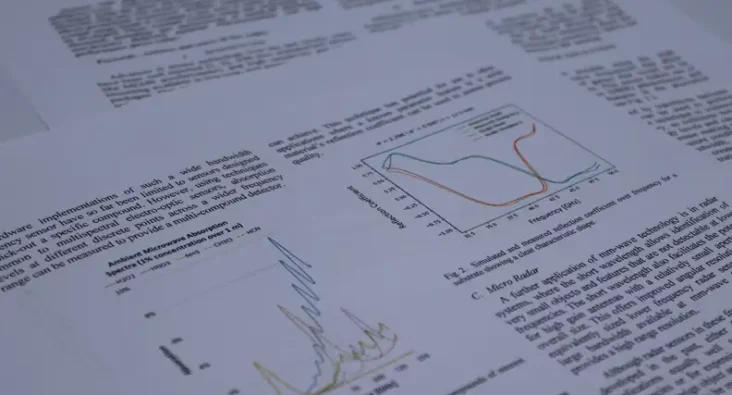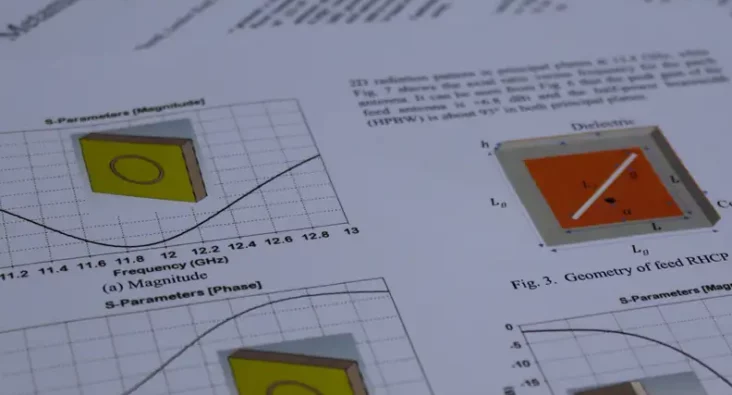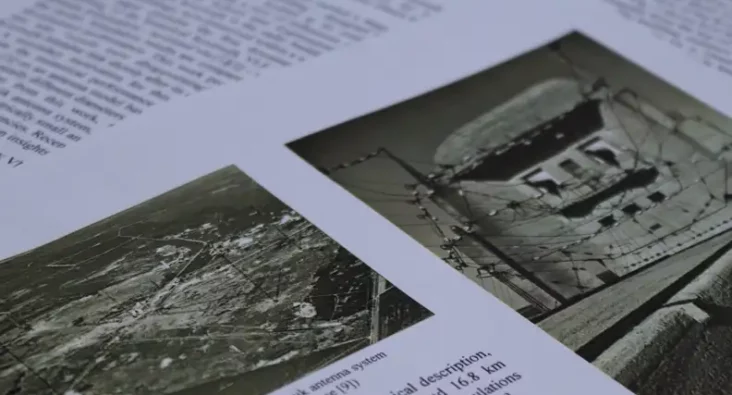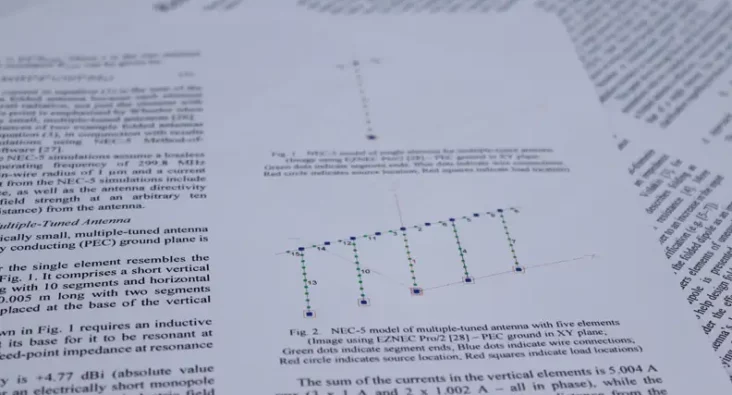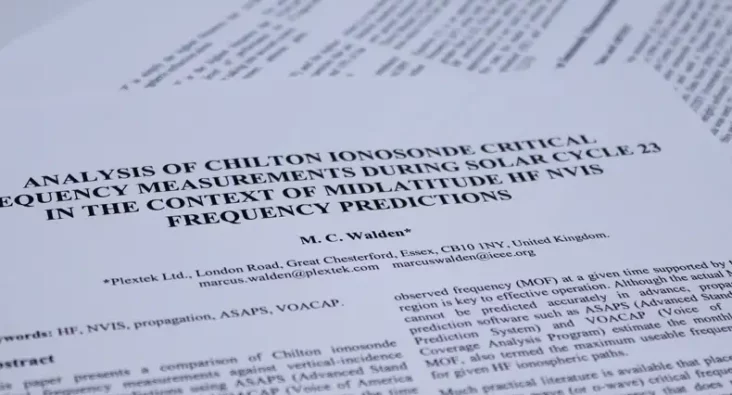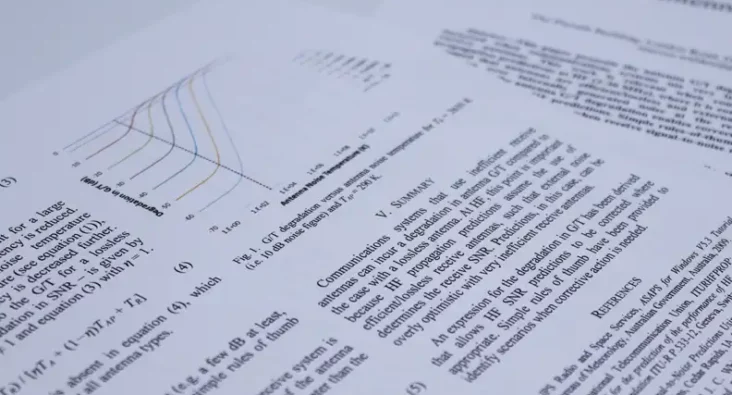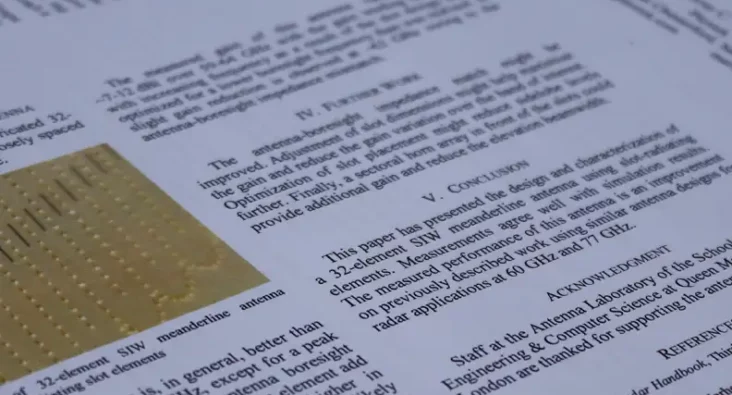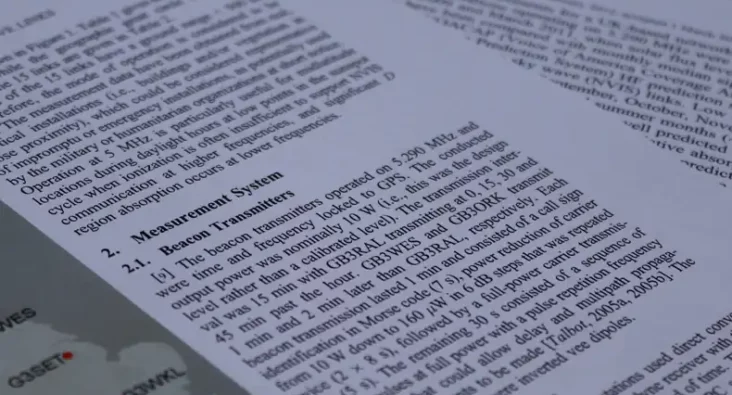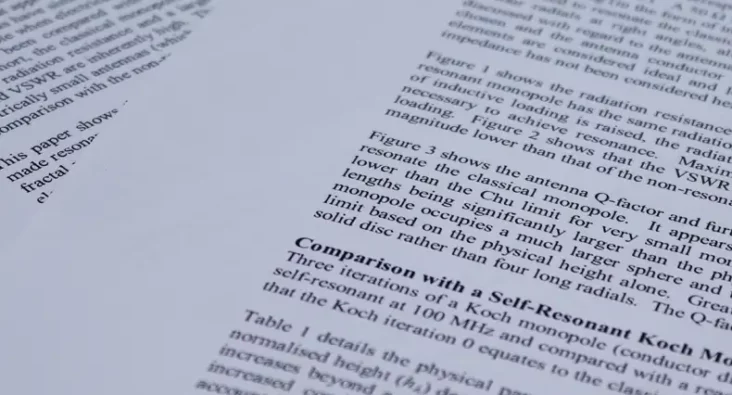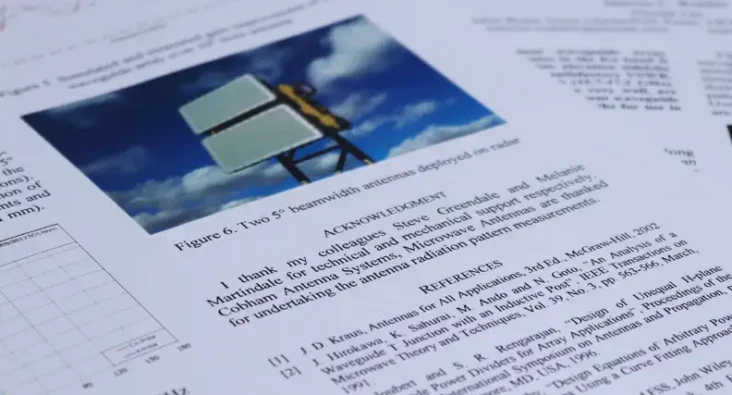What will Quantum Computers ever do for us?
Quantum Computing is buzz phrase found across technical journals, websites and blogs.
The phrase even escapes outside the scientific and technical domain into general newspapers and television. It is a recent concept; physicist Paul Benioff proposed a quantum mechanical model of the Turing machine only in 1980[1].
What is Quantum Computing?
Ask people what Quantum Computing is and what having Quantum Computers mean and most struggle. Indeed, people rapidly gain the kind of combined panicked and glazed expression that physicists are familiar seeing when we ever dare mention Quantum Mechanics. Quantum Mechanics and Quantum Computing seem as understandable as magic; actually, thanks to Harry Potter I suspect more people think they understand magic.
Push a little further, especially push technical people, and the one thing they “know” about Quantum Computers is that they will destroy Internet security due to their ability to break encryption. Is that reality?
Let us ignore the inconvenient fact that Quantum Computers are sufficiently in their infancy that for most practical purposes they do not currently exist. Scientists and engineers are only just beginning to develop the physics and engineering required to build practical Quantum Computers. Their largest processors contain hundreds of qubits – the basic unit of a Quantum Computer – where tens of thousands or millions are required. I believe that the problems building Quantum Computers are not insurmountable but will take time.
A 2021 paper[2] suggests that with just over 13000 qubits a Quantum Computer could factor a 2048-bit RSA integer; the sort of operation required to break much existing Internet encryption. Okay they wanted 177 days but that is still much faster than the “not before the heat death of the universe” answer for classical computers. Another 2021 paper[3] suggests 20 million qubits would only need 8 hours. But no-one working in security is surprised. The problem has been known since 1994[4] and since then people have been developing cryptography resistant to Quantum Computers. The USA’s NSA, 2015, along with the United Kingdom’s NCSC, 2016, announced plans to transition to quantum-resistant cryptography aiming to have standardised algorithms ready for 2022-2024. NIST announced 4 candidate algorithms on July 5, 2022[5].
What will Quantum Computers ever do for us?
Given Quantum Computers are not going to suddenly allow everyone to read the world’s encrypted Internet traffic what are they good for? Fast search problems and machine learning certainly. Anything else?
Two physicists in 1980[6], Manin, and 1981[7], Feynman, answered this question. Simulation of things you cannot simulate with classical computers such as quantum mechanical systems. We can accurately model the quantum mechanics of simple systems. Simple enough, a single hydrogen atom, can be modelled using pen and paper. A few particles and we can use existing computers. Bigger quantum mechanical systems cannot be accurately modelled at all without incredible simplification (though even this is useful).
Feynman imagined trying to use quantum mechanics in our current computers to accurately model a system containing a larger number of items. For some number of particles, N, across a similar number of positions in space you require memory to store, and processing to compute, NN configurations which rapidly gets too large. Even for 100 particles you have around 10200 configurations to store and calculate at each step. Compare that to estimates of 1080 atoms in the observable universe and it is impossible for classical computers. It could be done with a quantum computer of the same order of magnitude of qubits, namely 100, because the qubits react in the same way as the system being modelled.
Existing simplified Quantum Mechanical models underpin modern chemistry, material design and pharmaceutics. Fully accurate models would allow much more. New drugs, more efficient chemical processes, and new materials.
Examples of Use:
- Fertilizer production using the Haber-Bosch process; this consumes somewhere around 1% of the world’s total energy production (and results in 1.4% of world CO2 generation[8]). We allow that because fertilizer is required to feed a world of 8 billion people. Better modelling gives the high possibility of a more efficient process by designing a better catalyst.
- Second material design. To decarbonise the world is transitioning from internal combustion to electric motors. An enormous problem with motors is heat from electrical resistance. Heat is not only an efficiency loss but worse gives the problem of how to dissipate it; get too hot the motor fails or something catches fire. Less heat allows smaller more efficient motors, quieter too. Replacing wiring of a motor with high-temperature superconductors removes both problems but applications are limited because for superconductors “high temperature” means above liquid nitrogen (77K or -196°C). Better material modelling would aid the search for useful room temperature superconductors taking superconducting motors from large industrial settings to normal day-to-day.
So what will Quantum Computers do? Break Internet security? No. Give us better chemical processes and useful room temperature superconductors? Quite hopefully, yes.
Dr Peter Debenham, Senior Consultant
References
[1] Benioff, P., 1980. The computer as a physical system: A microscopic quantum mechanical Hamiltonian model of computers as represented by Turing machines. Journal of statistical physics, 22(5), pp.563-591.
[2] Gouzien, E. and Sangouard, N., 2021. Factoring 2048-bit rsa integers in 177 days with 13 436 qubits and a multimode memory. Physical Review Letters, 127(14), p.140503.
[3] Gidney, C. and Ekerå, M., 2021. How to factor 2048 bit RSA integers in 8 hours using 20 million noisy qubits. Quantum, 5, p.433.
[4] Shor, P.W., 1994, November. Algorithms for quantum computation: discrete logarithms and factoring. In Proceedings 35th annual symposium on foundations of computer science (pp. 124-134). Ieee.
[5] Alagic, G., Alperin-Sheriff, J., Apon, D., Cooper, D., Dang, Q., Dang, T., Kelsey, J., Liu, Y.K, Lichtinger, J., Miller, C., Moody, D., Peralta, R., Perlner, R., Robinson, A. and Smith-Tone, D., 2022. Status report on the third round of the NIST post-quantum cryptography standardization process. US Department of Commerce, NIST.
[6] Manin, Y.I., 1980. Vychislimoe i nevychislimoe (Computable and Noncomputable), Moscow: Sov.
[7] Feynman, R.P., 1982. Simulating Physics with Computers. International Journal of Theoretical Physics, 21(6/7) (publication of a conference speech from May 7, 1981)
[8] https://phys.org/news/2022-04-haber-bosch-atomic-scale.html
Feynman imagined trying to use quantum mechanics in our current computers to accurately model a system containing a larger number of items. For some number of particles, N, across a similar number of positions in space you require memory to store, and processing to compute, NN configurations which rapidly gets too large. Even for 100 particles you have around 10200 configurations to store and calculate at each step. Compare that to estimates of 1080 atoms in the observable universe and it is impossible for classical computers. It could be done with a quantum computer of the same order of magnitude of qubits, namely 100, because the qubits react in the same way as the system being modelled.
Existing simplified Quantum Mechanical models underpin modern chemistry, material design and pharmaceutics. Fully accurate models would allow much more. New drugs, more efficient chemical processes, and new materials.
Examples of Use:
- Fertilizer production using the Haber-Bosch process; this consumes somewhere around 1% of the world’s total energy production (and results in 1.4% of world CO2 generation[8]). We allow that because fertilizer is required to feed a world of 8 billion people. Better modelling gives the high possibility of a more efficient process by designing a better catalyst.
- Second material design. To decarbonise the world is transitioning from internal combustion to electric motors. An enormous problem with motors is heat from electrical resistance. Heat is not only an efficiency loss but worse gives the problem of how to dissipate it; get too hot the motor fails or something catches fire. Less heat allows smaller more efficient motors, quieter too. Replacing wiring of a motor with high-temperature superconductors removes both problems but applications are limited because for superconductors “high temperature” means above liquid nitrogen (77K or -196°C). Better material modelling would aid the search for useful room temperature superconductors taking superconducting motors from large industrial settings to normal day-to-day.
So what will Quantum Computers do? Break Internet security? No. Give us better chemical processes and useful room temperature superconductors? Quite hopefully, yes.
Dr Peter Debenham, Senior Consultant
References
[1] Benioff, P., 1980. The computer as a physical system: A microscopic quantum mechanical Hamiltonian model of computers as represented by Turing machines. Journal of statistical physics, 22(5), pp.563-591.
[2] Gouzien, E. and Sangouard, N., 2021. Factoring 2048-bit rsa integers in 177 days with 13 436 qubits and a multimode memory. Physical Review Letters, 127(14), p.140503.
[3] Gidney, C. and Ekerå, M., 2021. How to factor 2048 bit RSA integers in 8 hours using 20 million noisy qubits. Quantum, 5, p.433.
[4] Shor, P.W., 1994, November. Algorithms for quantum computation: discrete logarithms and factoring. In Proceedings 35th annual symposium on foundations of computer science (pp. 124-134). Ieee.
[5] Alagic, G., Alperin-Sheriff, J., Apon, D., Cooper, D., Dang, Q., Dang, T., Kelsey, J., Liu, Y.K, Lichtinger, J., Miller, C., Moody, D., Peralta, R., Perlner, R., Robinson, A. and Smith-Tone, D., 2022. Status report on the third round of the NIST post-quantum cryptography standardization process. US Department of Commerce, NIST.
[6] Manin, Y.I., 1980. Vychislimoe i nevychislimoe (Computable and Noncomputable), Moscow: Sov.
[7] Feynman, R.P., 1982. Simulating Physics with Computers. International Journal of Theoretical Physics, 21(6/7) (publication of a conference speech from May 7, 1981)
[8] https://phys.org/news/2022-04-haber-bosch-atomic-scale.html
Downloads
View All Downloads- Intro to Plextek
- Plextek – Your complete end-to-end solution
- PLX-T60 Configurable mmWave Radar Module
- PLX-U16 Ubiquitous Radar
- Configurable IOT Framework
- MISPEC
- Cost Effective mmWave Radar Devices
- Connected Autonomous Mobility
- Antenna Design Services
- Drone Sensor Solutions for UAV & Counter-UAV Awareness
- mmWave Sense & Avoid Radar for UAVs
- Exceptional technology for marine operations

